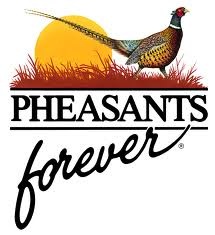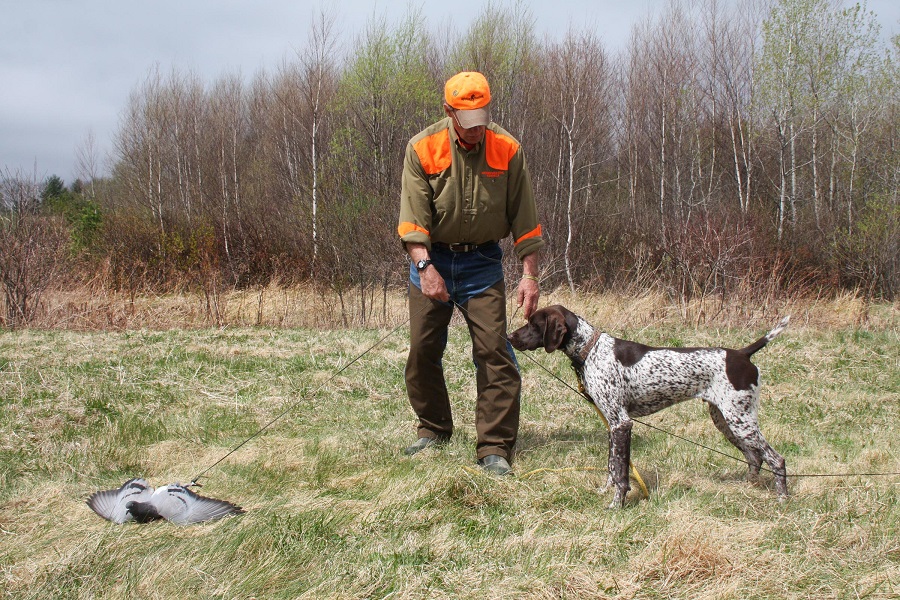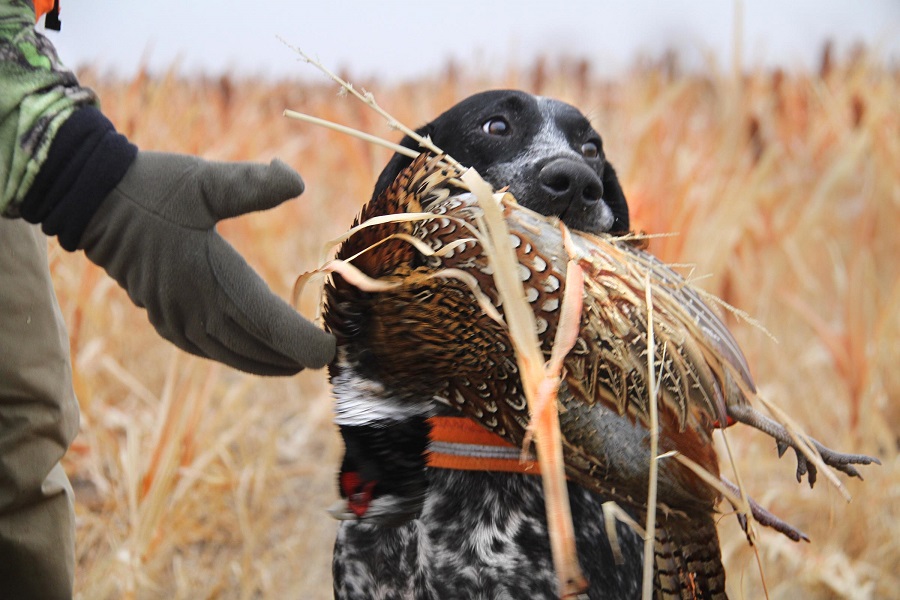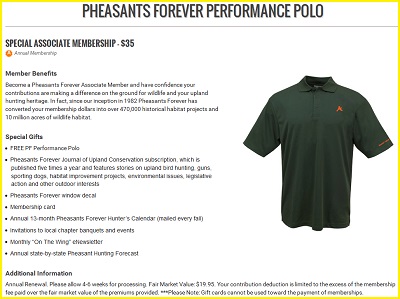 There’s no such thing as a perfect bird dog. If there were, trainers, hunt clubs and testing organizations, e-collar designers and dummy manufacturers would all be out of a job. Perfection is a pipedream – and probably no fun anyway. There are, however, broad stages in a bird dog’s development where spotting potential problems and addressing them before they get out of control can make life with your bird dog a lot easier. At the front end is the foundation training stage, the puppy’s basic obedience lessons and understanding of fundamental commands and behaviors. At the far end is the finishing stage, where the polish is added to a pointer’s, flusher’s or retriever’s reliable skills and cooperation level. In between, training is ongoing, and problems can appear both in the field and yard.
There’s no such thing as a perfect bird dog. If there were, trainers, hunt clubs and testing organizations, e-collar designers and dummy manufacturers would all be out of a job. Perfection is a pipedream – and probably no fun anyway. There are, however, broad stages in a bird dog’s development where spotting potential problems and addressing them before they get out of control can make life with your bird dog a lot easier. At the front end is the foundation training stage, the puppy’s basic obedience lessons and understanding of fundamental commands and behaviors. At the far end is the finishing stage, where the polish is added to a pointer’s, flusher’s or retriever’s reliable skills and cooperation level. In between, training is ongoing, and problems can appear both in the field and yard.
1. Busting Birds
For pointing dogs, the number one offense is busting birds. Early warning signs (assuming the dog has held point and is cultivating a new bad behavior) include crowding the bird, flagging and dancing on point, frequently appearing to overrun his nose and plowing into the birds. The big red flag goes up when the dog is clearly scenting birds, not pointing or only pointing for a nano second then driving in gleefully. Some hunters train their pointers just to be steady to flush, meaning the dog doesn’t move until the hunter moves in to flush the bird. Others prefer their dogs to be steady to wing (allowed to move when the bird is airborne), shot (allowed to move when the gun goes off), or drop (can’t move until the bird is on the ground and the “fetch” command is given). Whatever your preference, if the dog breaks on point or doesn’t stop to point, you’ve got busted birds and no chance to shoot.
Fixing a bird buster takes patience and help. Double teaming works best: Someone handles the check cord (long lead) or ecollar, while you – the owner, handler, hunter – moves in to flush and shoot the bird. You can’t watch the dog and the bird at the same time, so having someone else hold the cord or nick the dog works best. Other aspects of fixing a point breaker or bird buster or might include pairing the restraint or correction with a “whoa” command, using pop traps to teach the dog he can’t get the bird, or moving the dog away from the bird before he gets too close to hold a reliable point.
 2. Incomplete Retrieves
2. Incomplete Retrieves
Incomplete retrieves is offense number two. Substandard retrieving comes in all forms – going out but not picking up the bird, picking the bird up but lagging on the return, or dropping short. Fortunately, there are lots of drills to address the problems. When done early, gradually and properly, the “trained retrieve,” (formerly known as “force fetch”) is the best way to ensure reliable retrieving. If a dog has been through the trained retrieve process but starts getting sloppy, returning to the table or the ear pinch is often enough to cure the problem before it gets out of hand. Other remedies include excitement drills to keep the task at a high energy level, delaying retrieves to increase the urgency, rewarding the delivery, keeping repetitive drills interesting and a wide variety of other positive and negative responses to keep the dog amped up and focused on the job.
3. Hard Mouth
Hard mouth also falls in the category of retrieving problems, along with refusal to surrender the bird without a tug of war, chomping and rolling, and too hard a grip. In all cases, this damages the meat. There are a variety of tools in the box to fix hard mouth, including the legendary bristly brushes or dumbbells with nails. More thorough remedies include allowing the dog to sometimes retain possession, keeping the dog moving (lots of dogs can’t walk and chew at the same time), light stimulation corrections, returning to gloved hand drills of the trained retrieve, and other methods of positively rewarding the dog for a gentler hold.
 4. Gun Shy
4. Gun Shy
There are very few truly gun shy dogs, dogs that innately have an extreme fear to the sound. In most cases, the problem is gun sensitivity and it is usually environmental, caused by improper introduction to gunshots or by some other early traumatic loud noise experience. Fixing gun sensitivity takes time but can be successful through a combination of a gradual increase in volume, a decrease in the distance from the gunshot, and positive distractions and associations with birds or playtime.
 Things to Consider
Things to Consider
When it comes to addressing problems, asking yourself a few basic questions can make life easier. First, what resources are available to you? For expertise, non-pro’s and many hunting breeders have enough experience to help. Money is an issue. What would a pro trainer or training clinic cost? What is your access to pen-raised birds and how much do they cost? Do you have the equipment – pop traps, blank pistols, etc.? Where can you train where state regulations permit shooting pen-raised birds? Time is usually an issue, too.
Without sufficient time, birds, space, and expertise, investing in professional help might be the most cost effective. And if you’re considering calling for professional help, give some thought to the severity of the problem. Gun sensitivity or gun shyness; total refusal to retrieve, severe hard mouth (think “mutilation”) and willful bird busting/breaking point at an age when the dog should have learned some level of steadiness may be best addressed by a pro.
That being said, working with pro’s will almost always enhance your knowledge as a trainer, but all pro’s aren’t created equal nor are their training methods. I’ve worked with or listened to many pro’s and there are some I wouldn’t recommend. I’ve also seen myself and others consult too many pro’s and just end up with both owner and dog confused. Keep in mind, though, you need to work with the pro, not just to learn how to fix things but to follow-through with them via practice.
The best solution? Avoid the problems to begin with. Terry Wilson, a NAVHDA judge and owner of Versatile Champion German wirehaired pointers, says, “Exposing your dog to birds at a young age is the biggest thing. Gradually introducing the pup to gunfire and building the right retrieving foundation will go a long way in preventing problems down the road. Set up that work ethic and sense of cooperation early.”
Then you and your bird dog together can minimize the trouble and maximize the hunting fun.
Story and photos by Nancy Anisfield. Nancy is an outdoor photographer/writer, sporting dog enthusiast and bird hunter who serves on Pheasants Forever and Quail Forever’s National Board of Directors. She resides in Hinesburg, Vermont.
